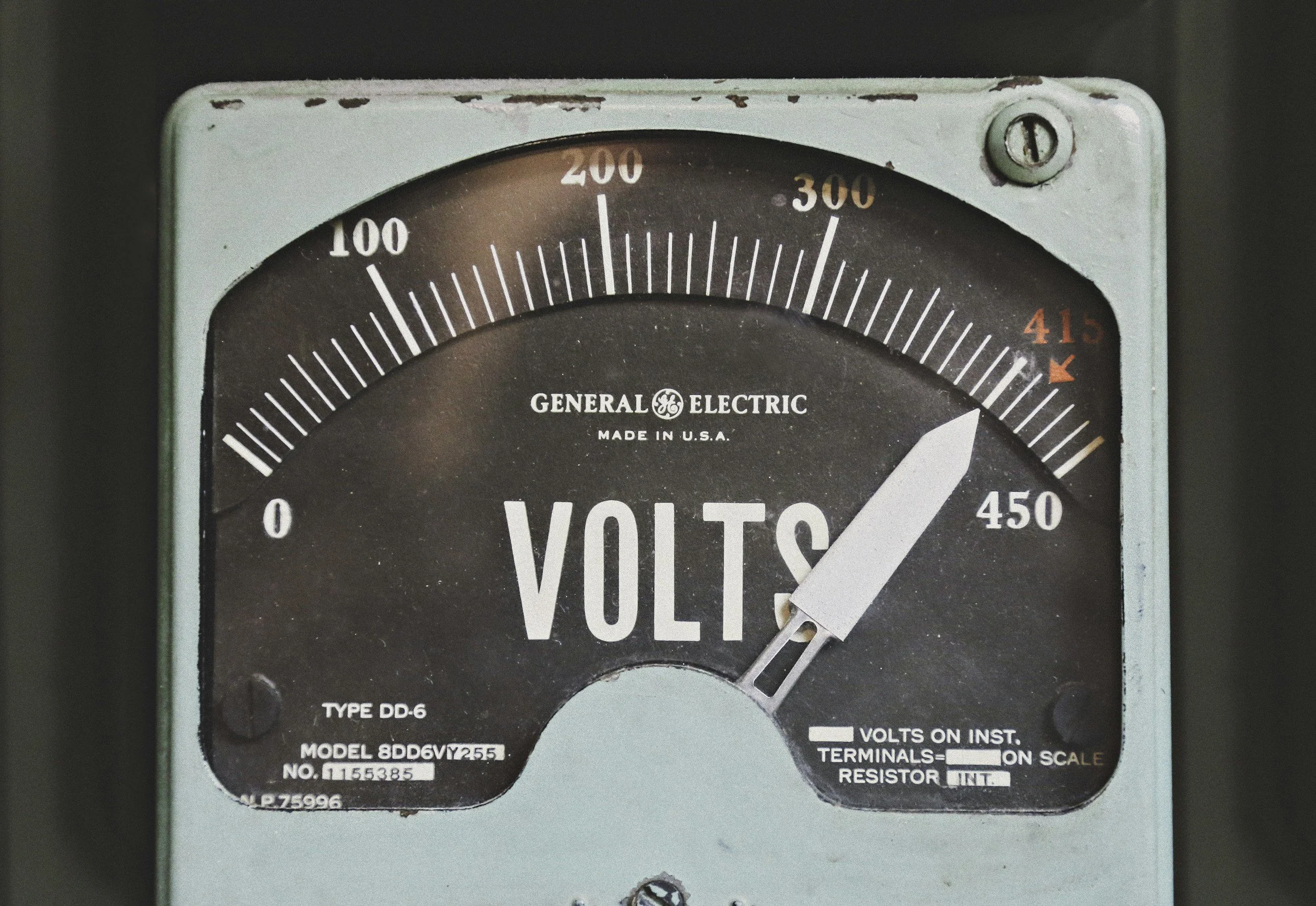What is kVA and Why Does It Matter for My Business?
kVA stands for kilovolt-ampere - a unit of apparent power. It represents the total amount of power a business is drawing from the electricity network, including both usable (real) power and wasted (reactive) power.
What’s the difference between kW and kVA?
kW (kilowatt) is the actual power you use to run equipment.
kVA includes that plus any inefficiencies in the system (e.g. from motors or HVAC units).
In simple terms:
kVA = kW ÷ Power Factor
The power factor is a measure of efficiency, typically between 0.8 and 1.0 for most businesses.
Why does kVA matter for businesses?
If your business has a Half-Hourly (HH) meter, your electricity contract will likely include a maximum import capacity (in kVA). This is the upper limit of how much power your site can draw from the grid.
If you exceed it: You could face excess capacity charges.
If it’s too high: You might be overpaying for capacity you don’t use.
What is a kVA optimisation or capacity review?
A capacity review checks if your agreed kVA is correctly set for your actual usage. Many businesses discover they are either paying for more than they need, or risking penalties for going over their limit.
At CEB Consultants, we:
Analyse your half-hourly usage data.
Recommend adjustments to avoid overcharges or penalties.
Support applications to your Distribution Network Operator (DNO) if changes are needed.
Review capacity regularly as your business grows or changes.
For large or multi-site businesses, kVA optimisation can deliver significant savings, while ensuring you only pay for the capacity you really need.

